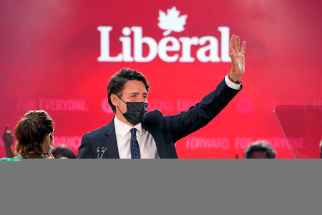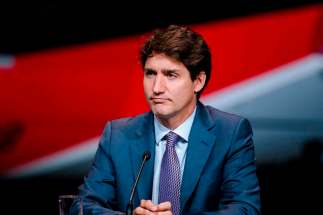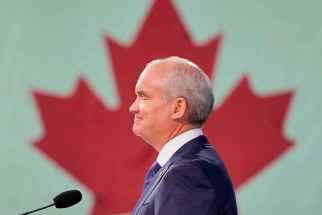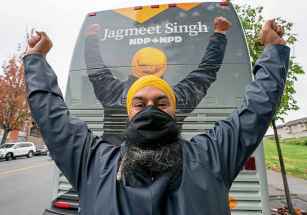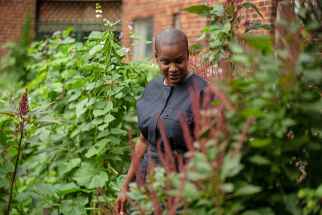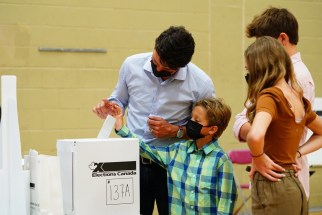O’Toole transformed Tories into viable alternative
Read this article for free:
or
Already have an account? Log in here »
To continue reading, please subscribe:
Monthly Digital Subscription
$1 per week for 24 weeks*
- Enjoy unlimited reading on winnipegfreepress.com
- Read the E-Edition, our digital replica newspaper
- Access News Break, our award-winning app
- Play interactive puzzles
*Billed as $4.00 plus GST every four weeks. After 24 weeks, price increases to the regular rate of $19.00 plus GST every four weeks. Offer available to new and qualified returning subscribers only. Cancel any time.
Monthly Digital Subscription
$4.75/week*
- Enjoy unlimited reading on winnipegfreepress.com
- Read the E-Edition, our digital replica newspaper
- Access News Break, our award-winning app
- Play interactive puzzles
*Billed as $19 plus GST every four weeks. Cancel any time.
To continue reading, please subscribe:
Add Free Press access to your Brandon Sun subscription for only an additional
$1 for the first 4 weeks*
*Your next subscription payment will increase by $1.00 and you will be charged $16.99 plus GST for four weeks. After four weeks, your payment will increase to $23.99 plus GST every four weeks.
Read unlimited articles for free today:
or
Already have an account? Log in here »
Hey there, time traveller!
This article was published 20/09/2021 (1476 days ago), so information in it may no longer be current.
Conservative Leader Erin O’Toole had a tough mission ahead of him: put the “progressive” back into a party that’s struggled to connect with mainstream voters east of Manitoba.
O’Toole, who took over as party leader last year, knew he had no chance of success in this election, or in any future ones, without a more moderate platform and centrist tone. Far right, social conservative parties don’t do well in Canada. The party needed a rebrand. For the most part, O’Toole did a pretty good job of it.
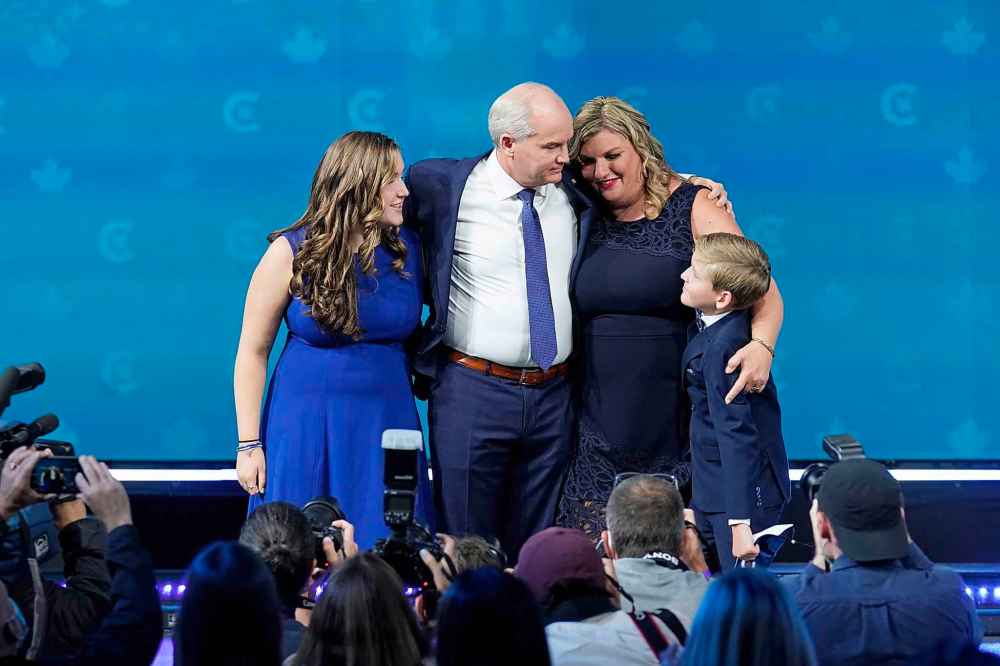
It wasn’t enough to win government, but that wasn’t O’Toole’s doing. Opposition parties don’t really win elections. When governments fall, it’s almost always because voter anger and frustration reach a boiling point and incumbents are shown the door. Whatever party happens to be next in line assumes power, as long as they’re at least mildly appealing to voters.
That didn’t happen in this election; the time-for-a-change dynamic wasn’t there. The backlash against the Liberals for calling an election during a pandemic was enough to prevent them from winning a majority, but not enough to boot them out of office. As predicted, the only thing the Liberals managed to do by going to the polls during a national public health emergency was lose 36 days of fighting a pandemic and waste $610 million of taxpayers’ money on the cost of the election. Their gamble didn’t pay off.
O’Toole’s job was to present Canadians with a viable alternative. He did so far more effectively than his predecessor Andrew Scheer in 2019. Scheer ran a clumsy, disjointed campaign that reeked of social conservatism. Even if Canadians were prepared to chase the scandal-plagued Liberals from office in that election (and they may have been), Scheer, who had muddled positions on abortion and same sex-marriage, was not even mildly appealing to Canadians. The only reason his party’s seat count rose was because of Liberal Leader Justin Trudeau’s troubles with SNC-Lavalin and his blackface revelations.As predicted, the only thing the Liberals managed to do by going to the polls during a national public health emergency was lose 36 days of fighting a pandemic and waste $610 million of taxpayers’ money on the cost of the election.
O’Toole, on the other hand, presented a reasonably cohesive campaign, largely devoid of social conservatism. He managed to shut out, or at least temporarily silence, the extremist views from within his party. He was clear in his commitment to the Canada Health Act (he even promised to outspend Trudeau on Canada health transfers). Whatever “private” health care he said he supports already exists in many provinces, including in Quebec, and has been allowed to operate under successive Liberal governments.
O’Toole has made no bones about where he stands on a woman’s right to choose and has for months pledged his full support for LGBTTQ+ rights. He even backtracked on an earlier party pledge to reverse a Liberal ban on assault weapons, saying the ban would remain in place under a Conservative government.
There were holes in O’Toole’s narrative that the Conservatives underwent a political transformation. He did not have a viable alternative to the Liberal party’s popular $10-a-day child care program, nor did he adequately address climate change. His dog-whistle attempt to stem the tide of Tory defectors to the People’s Party of Canada, by refusing to demand his MPs be fully vaccinated against COVID-19, did not endear him to progressive voters.O’Toole’s job was to present Canadians with a viable alternative. He did so far more effectively than his predecessor Andrew Scheer in 2019.
Still, O’Toole did reposition his party towards the middle of the political spectrum. He transformed it into a more appealing option for most Canadian voters.
There was a small price to pay for that, but it was a calculated risk. The People’s Party of Canada picked up the far-right, anti-vaccine, conspiracy theory vote. Most of that probably came at the expense of the Tories. But those votes represent a small minority of Canadians. The vast majority of voters support public health orders and COVID-19 vaccines. Conservatives have no choice but to target the much larger, mainstream vote if they want to form government.
The Conservative rebrand didn’t change much for the Tories at the ballot box in this election. But it does put the party on a more promising path for the future.
tom.brodbeck@freepress.mb.ca

Tom has been covering Manitoba politics since the early 1990s and joined the Winnipeg Free Press news team in 2019.
Our newsroom depends on a growing audience of readers to power our journalism. If you are not a paid reader, please consider becoming a subscriber.
Our newsroom depends on its audience of readers to power our journalism. Thank you for your support.





